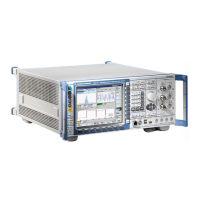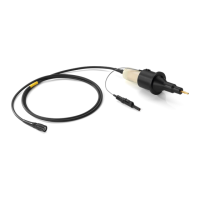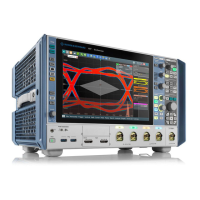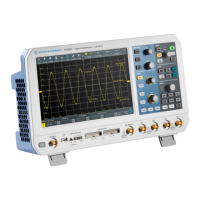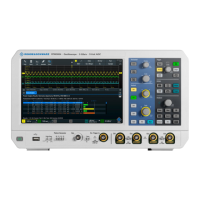Structure and Syntax of Device Messages CMU
1100.4903.12 5.8 E-8
Example:
SOURce This key word denotes the command system SOURce.
For commands of lower levels, the complete path has to be specified, starting on
the left with the highest level, the individual key words being separated by a colon
":".
Example:
SOURce:RFGenerator:FHOPping:STATe ON
This command is located on the fourth level of the SENse system. It switches on
frequency hopping for the RF generator.
SOURce
RFANalyzer
RFGenerator
FHOPping
FM
FREQuency
...
...
CORRection
LOSS
INPut
STATe
BWIDth
DEViation
STATe
...
Fig. 5-2 Example for the tree structure of the SCPI command systems; the SOURce system
Multiple key
words
Some key words occur on several levels within one command system. Their effect
depends on the structure of the command, i. e. on the position in the command
header they are inserted in.
Example: SOURce:RFGenerator:FHOPping:STATe ON
This command contains the key word SOURce in the first command level. It
switches on frequency hopping for the RF generator.
TRIGger:SOURce EXTern
This command contains the key word SOURce in the second command level. It
defines the trigger source “external trigger”.
Optional key
words:
Some command systems permit certain key words to be optionally inserted into the
header or omitted. These key words are marked by square brackets in this manual.
The full command length must be recognized by the instrument for reasons of
compatibility with the SCPI standard. Some commands are considerably shortened
by omitting optional key words.
Example: TRIGger[:SEQuence]:SOURce EXTern
This command defines the trigger source “external trigger”. The following com-
mand has the same effect:
TRIGger:SOURce EXTern
Note: An optional key word must not be omitted if its effect is additionally
specified by a numeric suffix.
Long and short
form:
The key words feature a long form and a short form. Either the short form or the
long form can be entered, other abbreviations are not permissible.
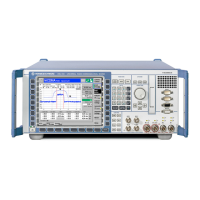
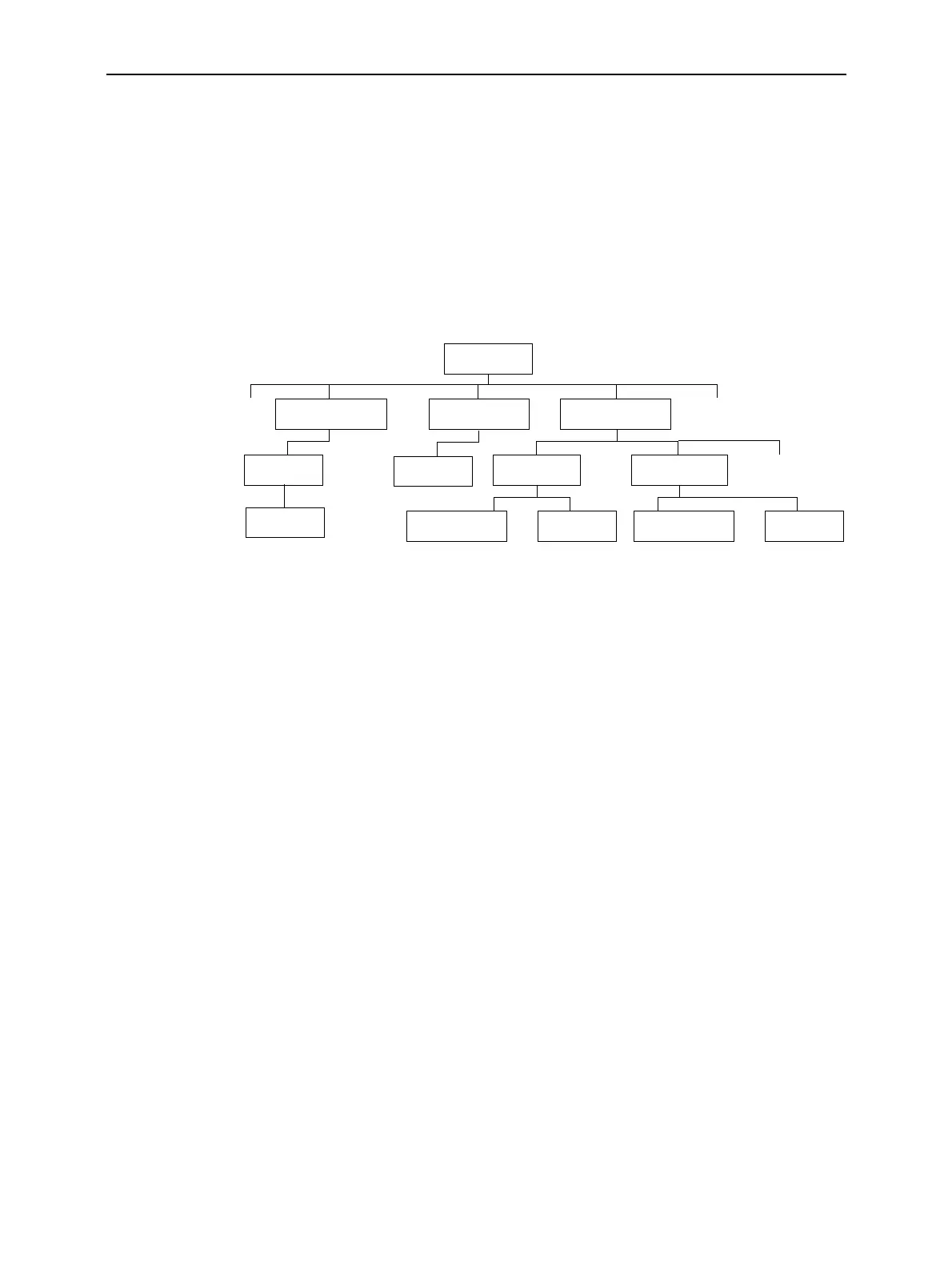